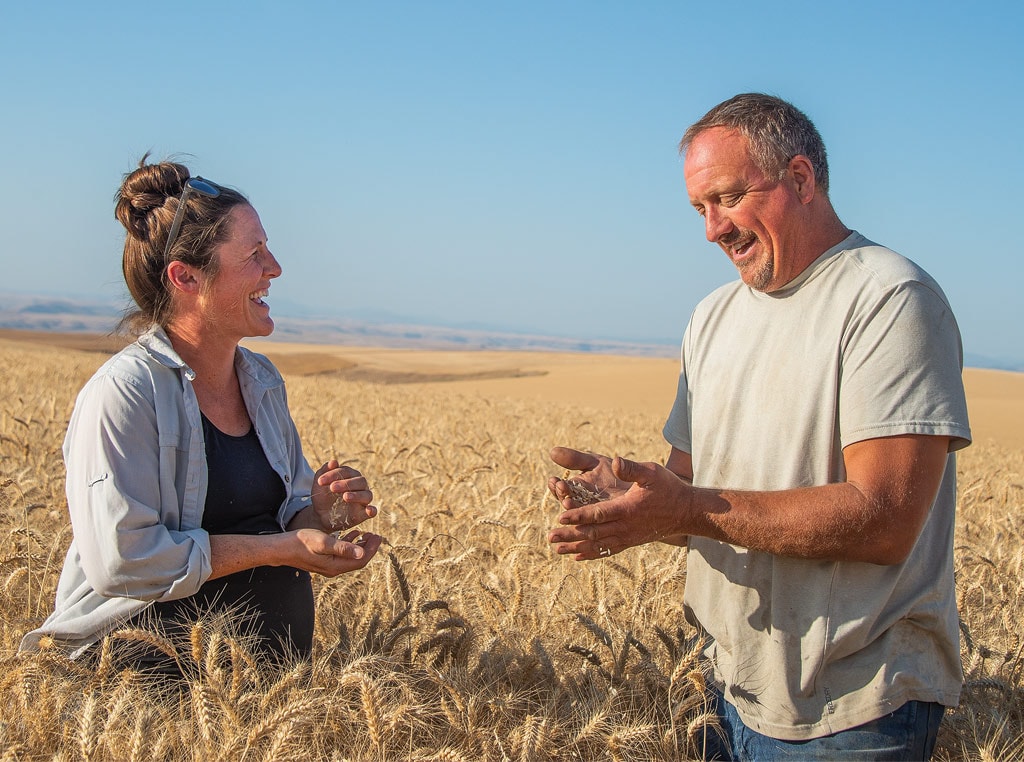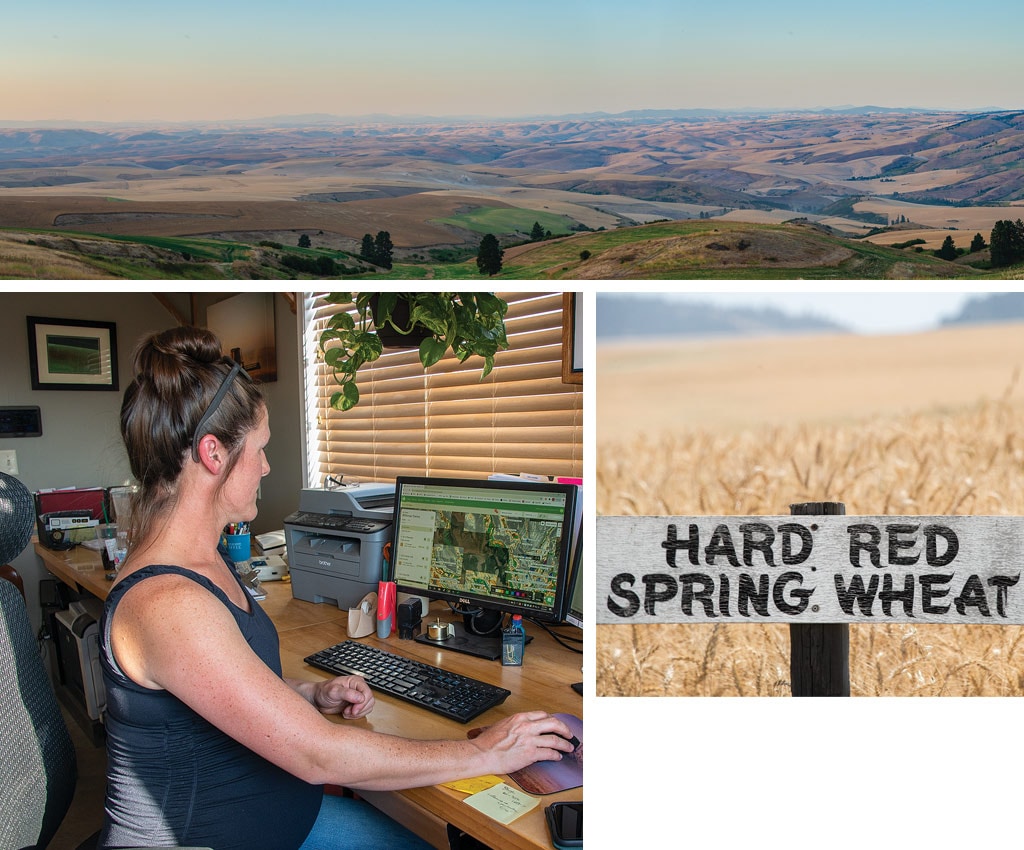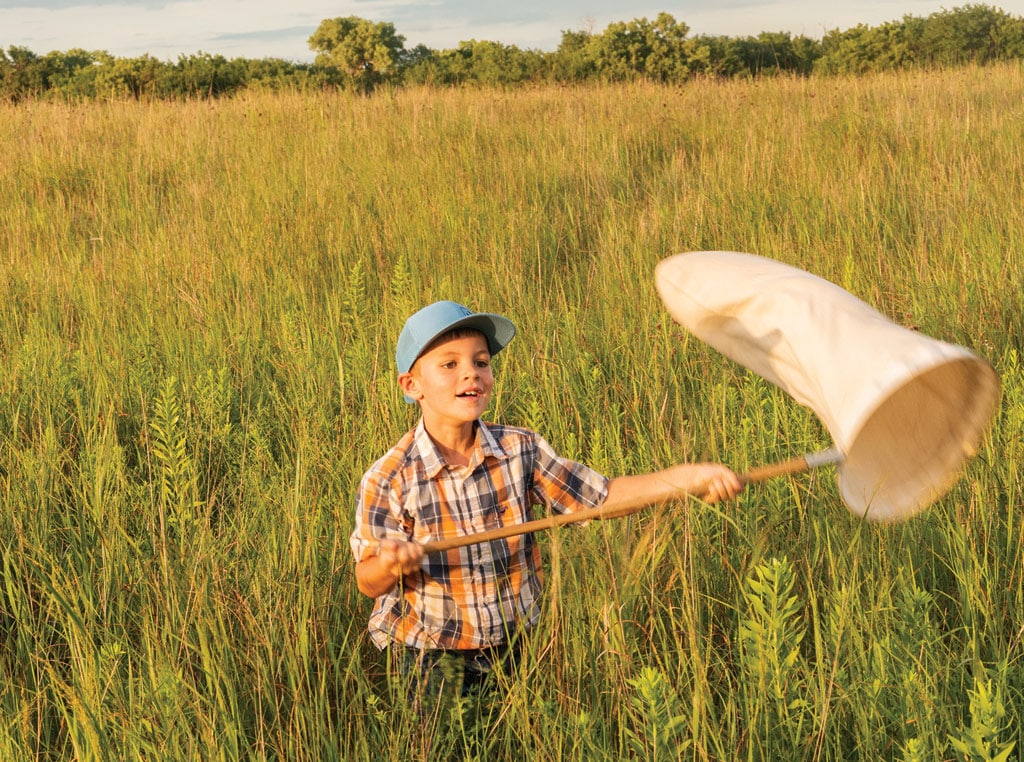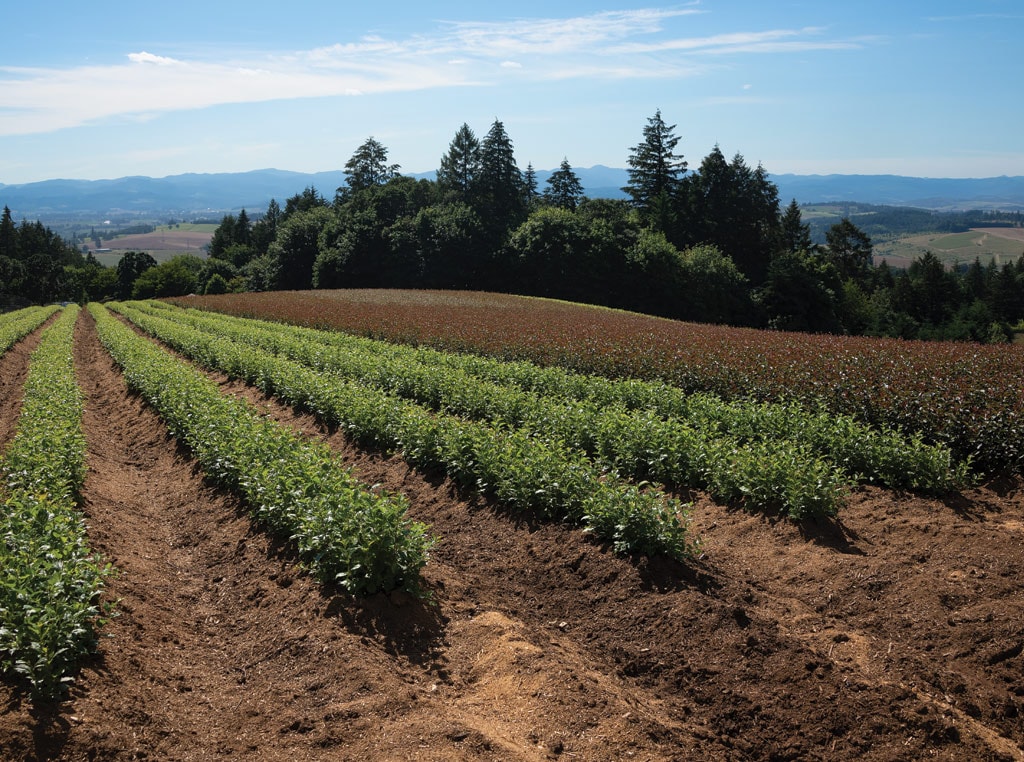
Cori Stitt calls on the years of experience her cousin, Todd Wittman, has to avoid blindly following data into the weeds.
Ag Tech, Farm Operation February 01, 2021
Digging Into Data
Refining knowledge to farm successfully in a margin era
“The point past max efficiency is much, much less efficiency,” says Tom Conklin, one of four Wittman Farms partners. Locating that sweet spot and navigating to it has to be one of the primary goals, says fellow farm partner Cori Wittman Stitt, when farming in what she calls a ‘Margin Era.’
Since buying into the Lapwai, Idaho, cattle, small grain, oilseed and legume farm in 2015, the young farmers have looked to data to find and walk that fine line.
Conklin looks at data through the lens of agronomic management while Stitt, the general manager, focuses on real costs and profitability. Their challenge is finding the Goldilocks farm management software that’s just right for serving both their needs.
In recent years, Wittman Farms has moved from FarmWorks to Granular and now to AgWorld to slice, dice and apply their data.
“There are a lot of really good companies out there that almost do everything,” Stitt says. The problem, she says, is most started as either farm accounting or agronomy programs and added functions. They serve their original function very well, but aren’t as robust or as user friendly in their added functions. “We want to be really accurate in tracking both agronomic and financial data and we want the data to easily interface so we can make real time, data supported farm decisions.”
Retired partner Dick Wittman (Stitt’s father/Conklin’s father-in-law) and senior partners Todd and Pete Wittman (cousins — Pete manages the cattle enterprise)had long been innovative farmers intent on cutting the fat from their operation. They were early adopters of no-till, intensive soil testing, drill and sprayer shutoffs, variable rate input application and used farm management software before the next generation bought in. The low hanging farm efficiency fruit had long been harvested. Stitt’s and Conklin’s solution was to dive deeper into the data.
Knowing, not guessing. Back of the napkin math is out, Stitt says. It’s too easy to make generalizations something will pay when it doesn’t. Take direct costs.
“If you just look at the total spent on inputs and apply it across an enterprise, such as soft white wheat, the simple calculation may show the practices used were profitable,” Stitt says. However, when individual fields are pulled out, the same may not prove true. “That sort of math doesn’t take into consideration if the field is steep or otherwise inefficient. Or, how the landlord agreement is structured.”
Some land parcels have 15 landlords, each with their own agreement. An extra pass of fungicide may pay in a cash rent situation but not crop share. Evaluating fields individually brings to attention fields that regularly don’t pay that might have slid by using whole-farm evaluation.
“If I have a piece of ground that’s highly productive and profitable year after year, I can afford to keep that land at a higher rate. Or, identify ground that hasn’t paid for 5 years and either stop farming it or use the data to negotiate a rate reduction,” Stitt explains.
Learning curve. One rookie mistake was too much data. “Tom and I erred on the side of info overload initially,” Stitt says. After getting overwhelmed, they focused on key metrics, such as getting direct cost down to the penny, and slowly adding in useful layers. They’ve since layered in true cost of production on a per field or per landlord basis with data such as hours in the field, equipment and land costs.
Stitt doesn’t recommend switching software frequently as they have searching for the perfect system.
“My advice: identify your goals, pick a program that fits those core goals and stick with it,” she says.
Even with the switching, they’ve seen benefits. “We’ve been more confident in our decisions,” Stitt says. “Before if you just stayed in the agronomic silo we would 100% do that extra plant health application or fertility pass. Now we layer in the data and our goals including yield, soil health and profitability to see if the extra application really pencils out.”
While useful, it’s important to remember numbers used incorrectly can lie. Just as important as new data is accessing the decades of hands-on experience held by the senior partners and to look beyond the data points. “I have yet to find a program with a value line for quality of life,” Stitt laughs. Hopefully certainty in decisions at least reduces sleepless nights.

Massive fields on variable terrain with multiple landlords and diverse rotations made tracking data with basic accounting programs a challenge.
Read More

Agriculture, Sustainability
Insect Inventory
Declining numbers are bad news for agriculture.

Agriculture, Education
Russian Roots
Friendship and tree genetics bloom across a huge divide.
